Top 5 Texas Lakes for Bass Fishing: Lures, Spots & Seasons
Share this bass fishing article with every angler you know!
Texas boasts some of the best bass fisheries in the world, thanks to the Texas Parks and Wildlife Department’s (TPWD) aggressive stocking programs, including Florida strain largemouth bass, which grow to massive sizes.
With diverse ecosystems ranging from East Texas pine forests to South Texas brush country, these lakes offer unique opportunities for anglers. Below, we dive into the top five lakes, focusing on largemouth bass with smallmouth insights where relevant, and provide actionable tips for success.
We’ll also cover seasonal strategies, specific lake zones, and techniques for both boat and bank anglers, ensuring anglers of all skill levels can reel in the big ones.
Let's dive into the article and reel in some trophy bass.
Be notified of new articles and bass fishing tips!
Newsletter Signup
Lake Fork (East Texas)
Location: Near Quitman, 90 miles east of Dallas
Size: 27,690 acres
Why It’s Great: Lake Fork is a legendary largemouth bass fishery, producing 15 of Texas’s top 20 largest bass, including the state record at 18.18 pounds. Its diverse structure, submerged timber, hydrilla beds, and creek channels, makes it a hotspot for trophy fish. Smallmouth bass are present but less common.
Regions Benefiting: Dallas-Fort Worth metroplex, East Texas communities like Tyler and Longview.
Key Fishing Spots
Shallow Areas (Spring, Fall): Target the backs of coves like Birch Creek and Mustang Creek, where largemouth spawn in 1-5 feet of water. Look for hydrilla and lily pads.
Deep Water (Summer, Winter): Focus on main lake points and submerged humps in 15-25 feet near the 515 East Bridge or Caney Point for post-spawn and winter bass.
Structure: Fish around standing timber and artificial brush piles, especially in the Little Caney and Sabine River arms.
Recommended Lures
Spring (March-May):
Texas-Rigged Worm (Zoom Ol’ Monster 10.5" Worm, Green Pumpkin): Flip into hydrilla or timber in shallow coves. Use a 1/8 oz bullet weight for a slow fall.
Topwater Frog (Spro Bronzeye Frog 65, Leopard): Work over lily pads in spawning areas for explosive strikes.
Summer (June-August):
Deep Crankbait (Strike King 6XD Crankbait, Chartreuse Sexy Shad): Target deep points and ledges in 15-20 feet.
Carolina Rig (Zoom Brush Hog, Watermelon Red): Drag along main lake humps for lethargic summer bass.
Fall (September-November):
Spinnerbait (Strike King KVD Spinnerbait, White/Chartreuse): Run along grass edges in 5-10 feet.
Winter (December-February):
Jig (Strike King Hack Attack Jig, Texas Craw): Pitch to deep timber in 20-30 feet for big pre-spawn bass.
Boat vs. Bank vs. Kayak
Bass Boat: Use electronics to locate deep structure and cover water quickly. Focus on main lake points and secondary creek channels. Recommended rod: Dobyns Champion XP Casting Rod 7’3” MH.
Kayak: Paddle to shallow coves or along the 515 East Bridge rip-rap for spawning bass. A lightweight spinning setup like the Shimano Stradic FL 3000 with 10 lb fluorocarbon is ideal.
Bank: Public access at Lake Fork Marina or Minnow Bucket Marina allows casting to docks and shoreline vegetation. Use a buzzbait (Booyah Buzzbait, White) for aggressive shallow bass.
Seasonal Tips
Spring: Focus on pre-spawn and spawn in shallow coves. Fish early mornings for topwater action.
Summer: Target deeper water; bass move to 15-25 feet. Use bright lures in stained water.
Fall: Bass chase shad in creeks; follow baitfish schools with spinnerbaits.
Winter: Slow down with jigs in deep water near structure. Fish on warmer, sunny days.
Pro Tip: Lake Fork’s heavy fishing pressure requires finesse. Use fluorocarbon line (Seaguar InvizX 12 lb) for clear water presentations.
Sam Rayburn Reservoir (East Texas)
Location: Near Jasper, 15 miles north of Jasper
Size: 114,500 acres
Why It’s Great: Sam Rayburn is a tournament angler’s dream, producing consistent 5-8 pound largemouths and occasional trophies (lake record: 16.80 pounds). Its vast size and piney woods backdrop offer diverse habitats like hydrilla, timber, and creek channels. Smallmouth are rare here.
Regions Benefiting: Houston, Beaumont, and Lufkin areas.
Key Fishing Spots
Shallow Areas: Target Black Forest and Veach Basin in spring for spawning largemouth in 2-6 feet among hydrilla and lotus pads.
Deep Water: Fish main lake points like Harvey Creek or the 147 Bridge in summer and winter (15-30 feet).
Structure: Focus on flooded timber and artificial fish attractors in the Angelina River arm.
Recommended Lures
Spring (March-May):
Flippin’ Jig (Z-Man CrossEyeZ Flipping Jig, Black/Blue): Pitch into thick hydrilla or timber.
Buzzbait (Booyah Buzzbait, Black): Skim over grass beds at dawn.
Summer (June-August):
Deep Swimbait (Keitech Fat Swing Impact 4.8”, Gizzard Shad): Work deep ledges in 20-30 feet.
Fall (September-November):
Chatterbait (Z-Man Chatterbait Elite Evo, White): Run through grass edges in 5-10 feet.
Winter (December-February):
Football Jig (Strike King Tour Grade Football Jig, Bama Craw): Crawl along deep points.
Boat vs. Bank vs. Kayak
Bass Boat: Cover large areas like the Angelina River arm, using sonar to find submerged structure. A Lew’s Tournament Pro Speed Spool LFS is great for heavy cover.
Kayak: Paddle to shallow flats near Sam Rayburn Marina for easy access to grass beds. Use a Lew’s Custom Lite Spinning Rod 7’ M.
Bank: Fish from Sam Rayburn Pavilion or public piers. Cast Texas-rigged plastics (Zoom Speed Craw, Junebug) near docks.
Seasonal Tips
Spring: Focus on shallow grass beds during the spawn. Fish early or late to avoid boat traffic.
Summer: Bass move to deeper water; target creek channels with heavy jigs.
Fall: Chase schooling bass following shad with chatterbaits.
Winter: Slow presentations in deep water work best. Fish on sunny afternoons.
Pro Tip: Check boat ramp status at TPWD due to fluctuating water levels.
Toledo Bend Reservoir (East Texas)
Location: Texas-Louisiana border, near Hemphill
Size: 185,000 acres
Why It’s Great: Toledo Bend is one of the largest reservoirs in the U.S., known for consistent largemouth catches in the 5-10 pound range. Its clear waters and abundant structure make it ideal for year-round fishing. Smallmouth are present but less abundant.
Regions Benefiting: Houston, Shreveport (LA), and Lufkin.
Key Fishing Spots
Shallow Areas: Target Six Mile Creek and Housen Bay in spring for spawning bass in 2-8 feet.
Deep Water: Fish main lake points and ledges near the Pendleton Bridge in summer (15-25 feet).
Structure: Focus on submerged trees and weed beds in the Sabine National Forest area.
Recommended Lures
Spring (March-May):
Plastic Worm (Zoom Trick Worm, Watermelon Seed): Texas-rig in shallow weed beds.
Topwater Popper (Rebel Pop-R, Bone): Work over grass at dawn.
Summer (June-August):
Drop Shot (Roboworm Straight Tail Worm 6”, Aaron’s Magic): Fish deep structure in 20-30 feet.
Fall (September-November):
Crankbait (Rapala DT Series, Shad): Run along drop-offs in 10-15 feet.
Winter (December-February):
Jerkbait (Megabass Vision 110, GP Pro Blue): Suspend over deep points.
Boat vs. Bank vs. Kayak
Bass Boat: Use to access remote areas like the Sabine River arm. A Shimano Curado K is perfect for casting accuracy.
Kayak: Paddle to shallow bays like Housen for sight fishing. Use a Daiwa Fuego LT 2500.
Bank: Fish from Sabine National Forest access points or Toledo Bend Marina. Use a spinnerbait for shoreline casts.
Seasonal Tips
Spring: Target spawning beds in shallow bays. Fish early for topwater action.
Summer: Bass move to deeper water; use electronics to find schools.
Fall: Follow baitfish to creek mouths with fast-moving lures.
Winter: Slow presentations in deep water near structure.
Pro Tip: Toledo Bend’s size can be daunting. Hire a local guide for the first trip to learn key spots.
Lake Amistad (West Texas)
Location: Near Del Rio, Texas-Mexico border
Size: 64,900 acres
Why It’s Great: Known for clear waters and rocky structure, Amistad is a top destination for both largemouth (lake record: 15.68 pounds) and smallmouth bass. Its deep drop-offs and ledges attract big fish.
Regions Benefiting: San Antonio, Del Rio, and West Texas.
Key Fishing Spots
Shallow Areas (Spring): Target Devils River inlet and San Pedro Creek for spawning largemouth and smallmouth in 5-10 feet.
Deep Water (Summer, Winter): Fish rocky points and ledges near the Amistad Dam in 20-40 feet.
Structure: Focus on rock piles and drop-offs in the main lake.
Recommended Lures
Spring (March-May):
Swimbait (Berkley PowerBait Minnotator, Shiner): Swim near rocky shorelines for smallmouth.
Texas-Rigged Craw (Zoom Speed Craw, Green Pumpkin): Flip into shallow rocks for largemouth.
Summer (June-August):
Deep Jig (Strike King Structure Jig, Bama Craw): Work deep ledges for both species.
Fall (September-November):
Crankbait (Strike King 5XD Crankbait, Sexy Shad): Run along rocky points.
Winter (December-February):
Drop Shot (Roboworm Straight Tail Worm 6”, Morning Dawn): Target deep rock piles.
Boat vs. Bank vs. Kayak
Bass Boat: Ideal for covering Amistad’s vast waters. Use a Dobyns Fury Casting Rod 7’ MH for versatile casting.
Kayak: Paddle to Devils River inlet for smallmouth. A Daiwa Tatula 100 is great for precision.
Bank: Fish from Rough Canyon Recreation Area. Use a swimbait for smallmouth near rocky banks.
Seasonal Tips
Spring: Both species spawn in shallow rocky areas. Fish early for smallmouth.
Summer: Target deep water; smallmouth prefer 20-35 feet.
Fall: Bass chase shad along rocky points; use fast-moving lures.
Winter: Slow down with drop shots in deep water.
Pro Tip: A Mexico fishing license is required for parts of Amistad. Check regulations at TPWD.
Choke Canyon Reservoir (South Texas)
Location: Near Three Rivers, south-central Texas
Size: 25,670 acres
Why It’s Great: Choke Canyon is a hidden gem with abundant largemouth bass and occasional smallmouth. Its hydrilla beds and flooded timber provide excellent cover, producing 5-10 pound fish regularly.
Regions Benefiting: San Antonio, Corpus Christi, and South Texas.
Key Fishing Spots
Shallow Areas: Target the upper reaches with hydrilla in spring (2-8 feet).
Deep Water: Fish creek channels and main lake points in summer (15-25 feet).
Structure: Focus on flooded timber and artificial fish attractors.
Recommended Lures
Spring (March-May):
Spinnerbait (War Eagle Spinnerbait, White/Chartreuse): Run along hydrilla edges.
Flippin’ Jig (Z-Man CrossEyeZ Flipping Jig, Green Pumpkin): Pitch into timber.
Summer (June-August):
Carolina Rig (Zoom Lizard 6”, Watermelon Red): Drag along deep channels.
Fall (September-November):
Chatterbait (Z-Man Chatterbait Elite Evo, Black/Blue): Work through grass beds.
Winter (December-February):
Football Jig (Strike King Tour Grade Football Jig, Texas Craw): Crawl along deep structure.
Boat vs. Bank vs. Kayak
Bass Boat: Navigate to upper reaches for hydrilla. Use a Lew’s Mach 2 Spinning Combo.
Kayak: Paddle to shallow flats near Choke Canyon State Park. A Shimano Sahara 2500 is ideal.
Bank: Fish from Choke Canyon State Park’s piers or shoreline. Use a Texas-rigged worm for versatility.
Seasonal Tips
Spring: Target hydrilla for spawning bass. Fish early mornings.
Summer: Bass move to deeper water; focus on creek channels.
Fall: Chase schooling bass with chatterbaits.
Winter: Slow presentations in deep water near timber.
Pro Tip: Check boat ramp status due to low water levels at TPWD.
Additional Tips for Bass Fishing in Texas
Weather Considerations:
Sunny: Use natural colors (Green Pumpkin, Watermelon). Fish deeper in summer.
Rainy: Bright lures (White, Chartreuse) work in murky water. Target shallow runoffs.
Hot: Fish early or late; bass go deep. Use heavy jigs or Carolina rigs.
Cold: Slow down with jigs or drop shots in deep water. Fish on warmer days.
Gear Recommendations:
Apparel: Stay comfortable with Huk Icon X Hoodie for sun protection and AFTCO Reaper Softshell Jacket for cooler weather.
Accessories: A Pro Series Tackle Bag keeps lures organized.
Regulations: Check TPWD for slot limits (e.g., 14-24 inches at Lake Fork). Use the Outdoor Annual App for updates.
Conservation: Participate in the Toyota ShareLunker program for bass over 8 pounds. Use a Rapala Floating Fish Gripper for safe handling.
Conclusion
Texas’s top bass fishing lakes, Lake Fork, Sam Rayburn, Toledo Bend, Amistad, and Choke Canyon offer unparalleled opportunities for largemouth and smallmouth bass.
By targeting specific areas, using the right lures, and adapting to seasonal patterns, anglers of all skill levels can land trophy fish. Equip yourself with quality gear, check local regulations, and hit the water with confidence.
Whether you’re casting from a bass boat, kayak, or the bank, these lakes promise unforgettable fishing adventures.
Tight lines and big catches!
Take Your Bass Fishing to the Next Level with Bass Forecast
Want to boost your chances of landing that trophy bass? Download the Bass Forecast app to get real-time weather, solunar data, and personalized fishing forecasts tailored to these top Texas lakes. Whether you’re planning a trip to Lake Amistad or the Choke Canyon Reservoir, Bass Forecast helps you choose the best times, lures, and spots based on local conditions, giving anglers of all levels a competitive edge.



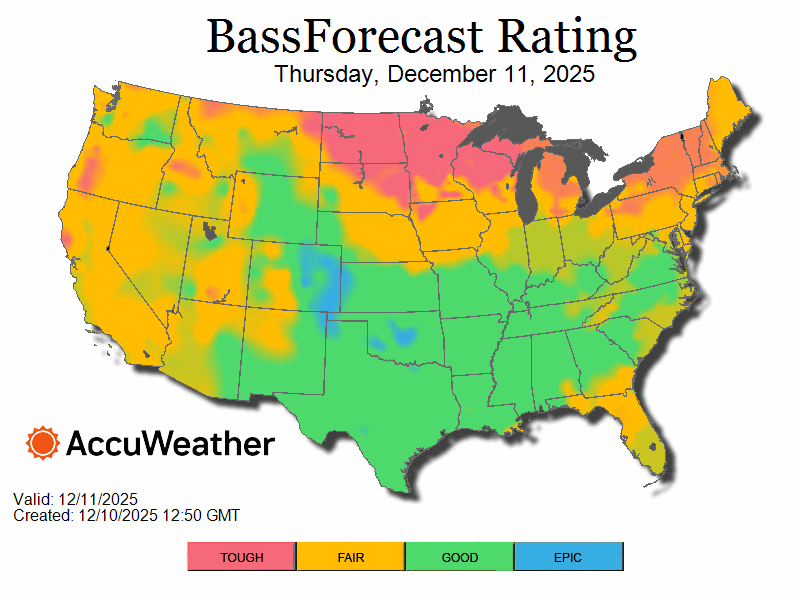

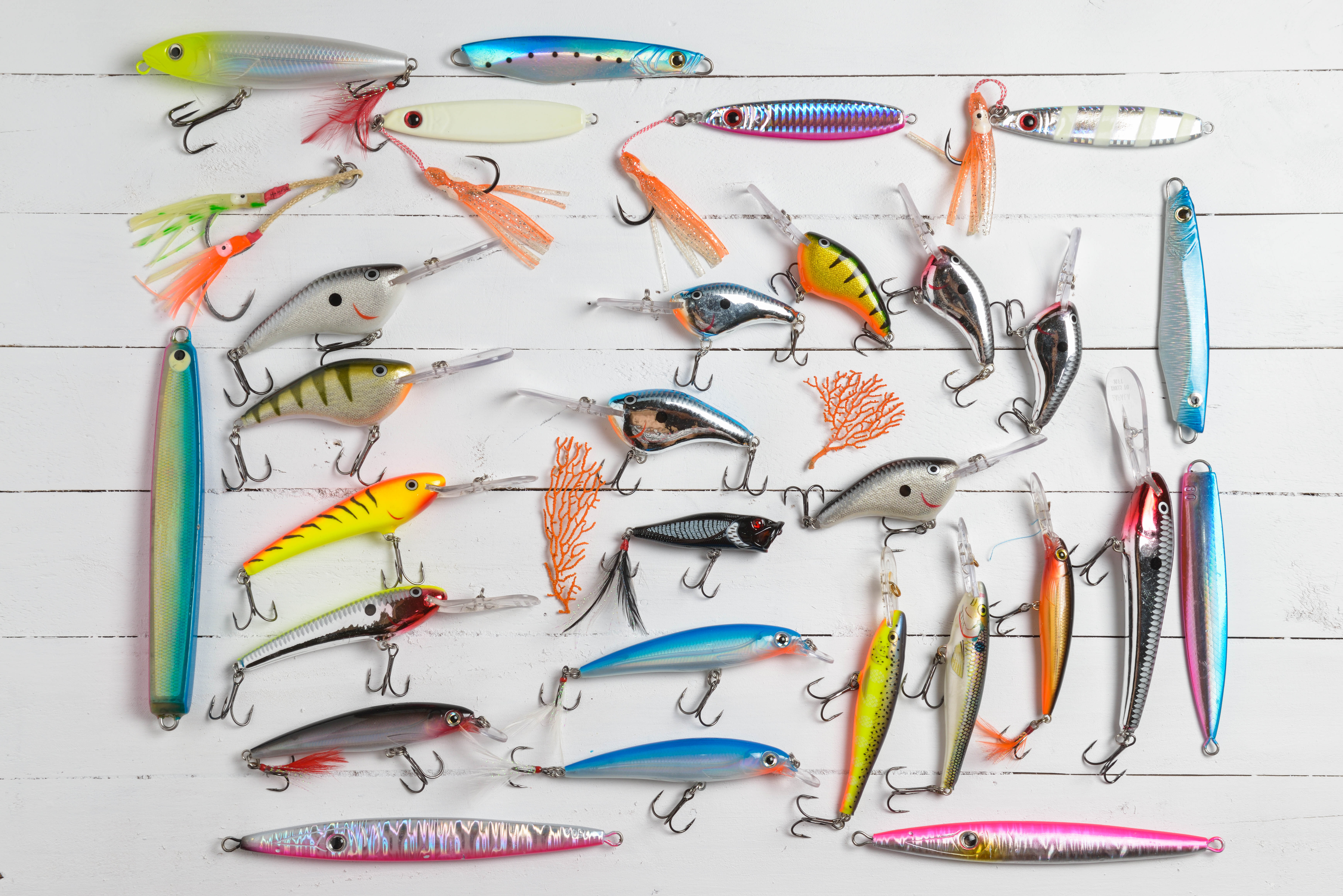
.png)
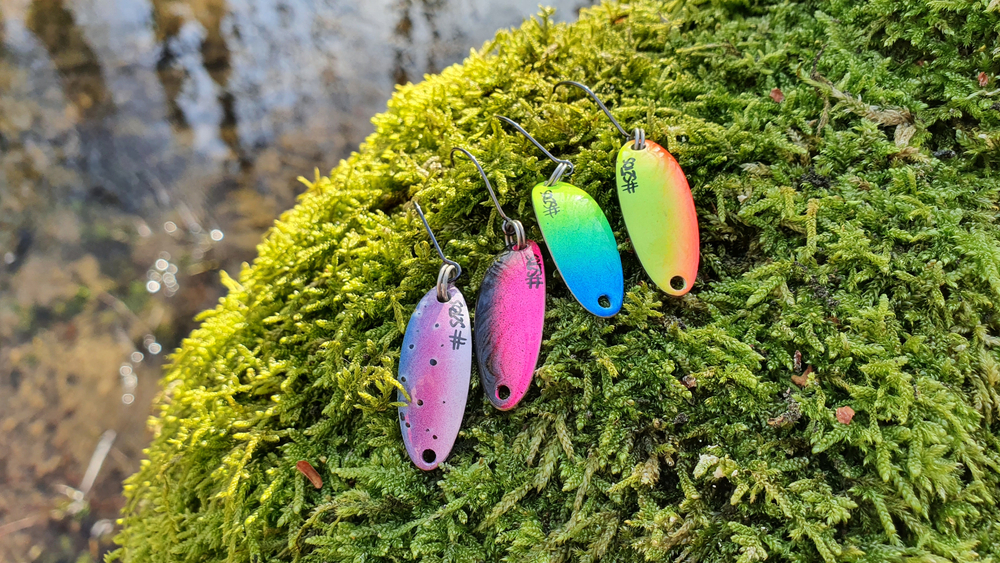
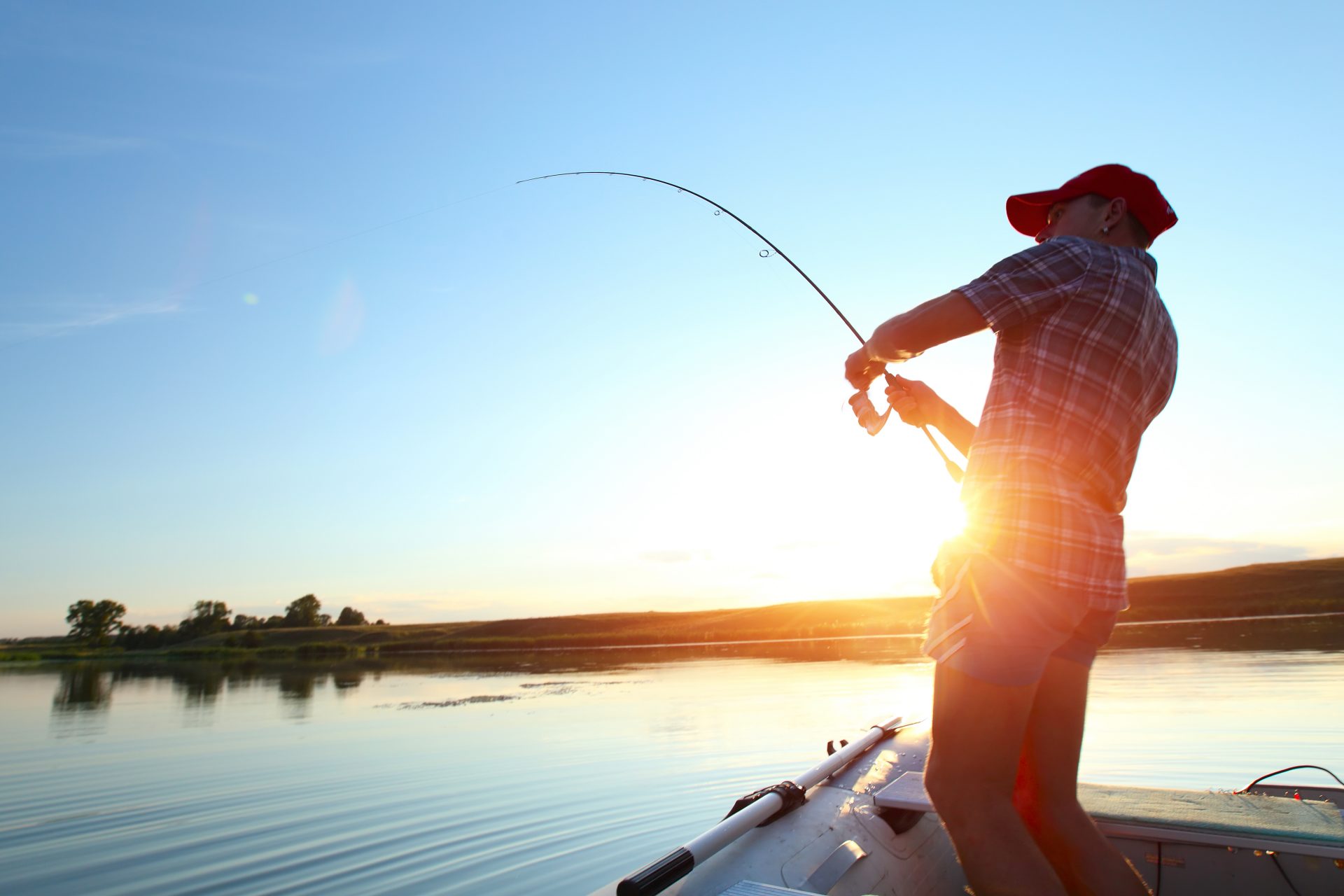
.png)
.png)